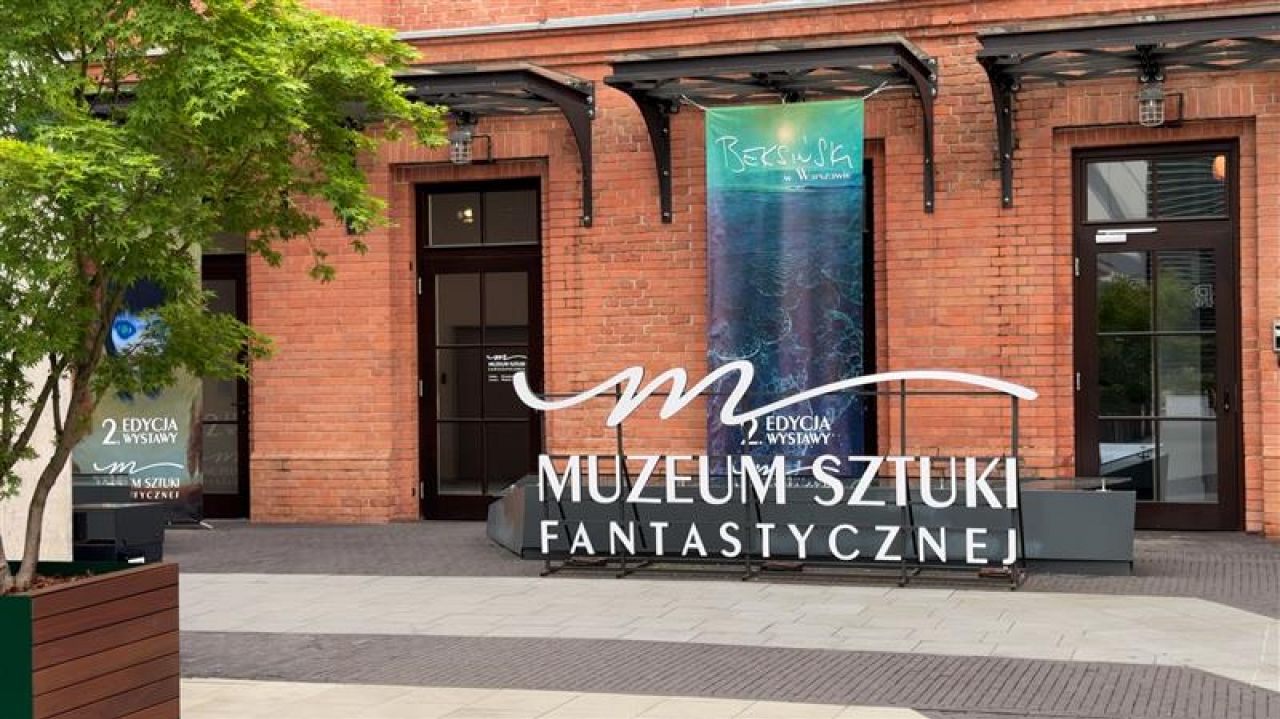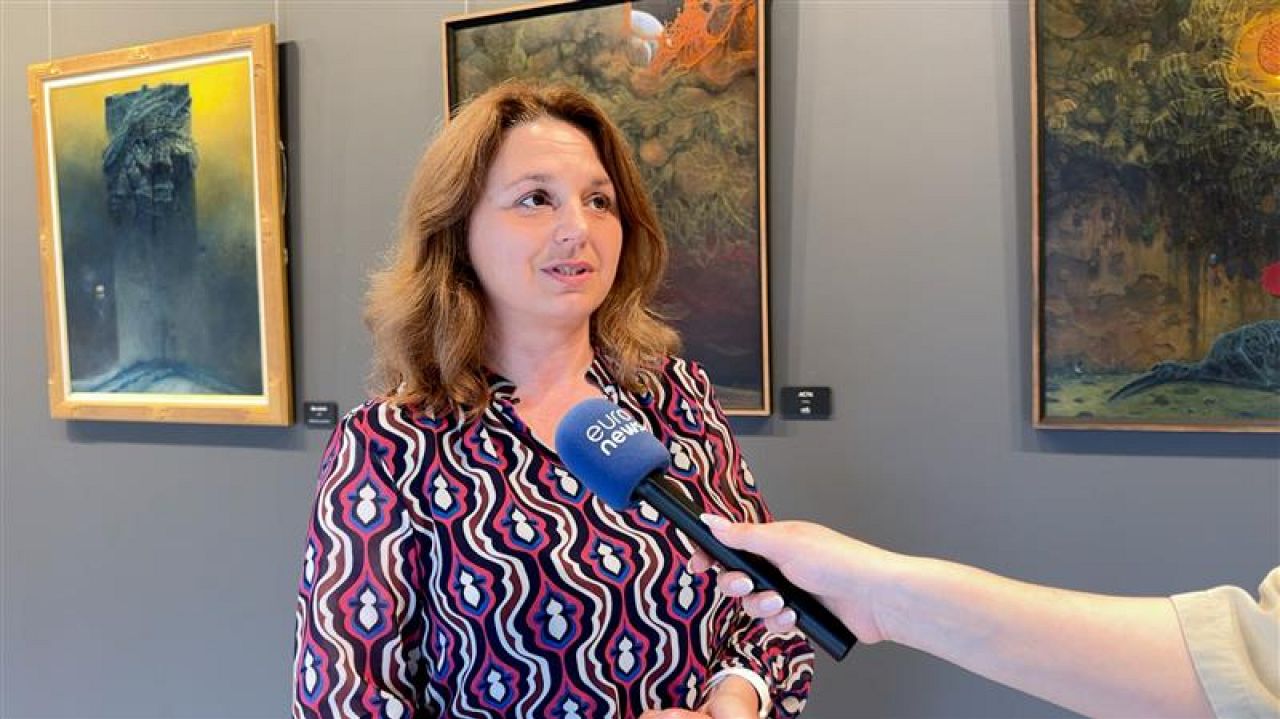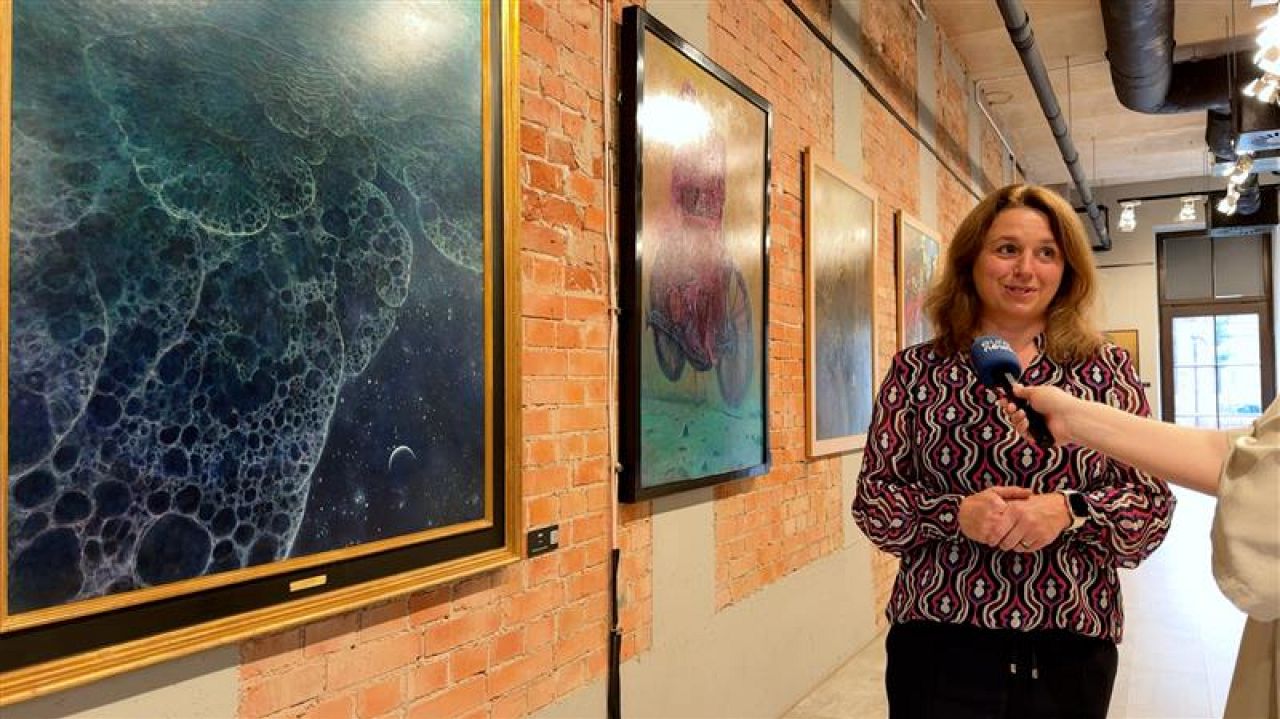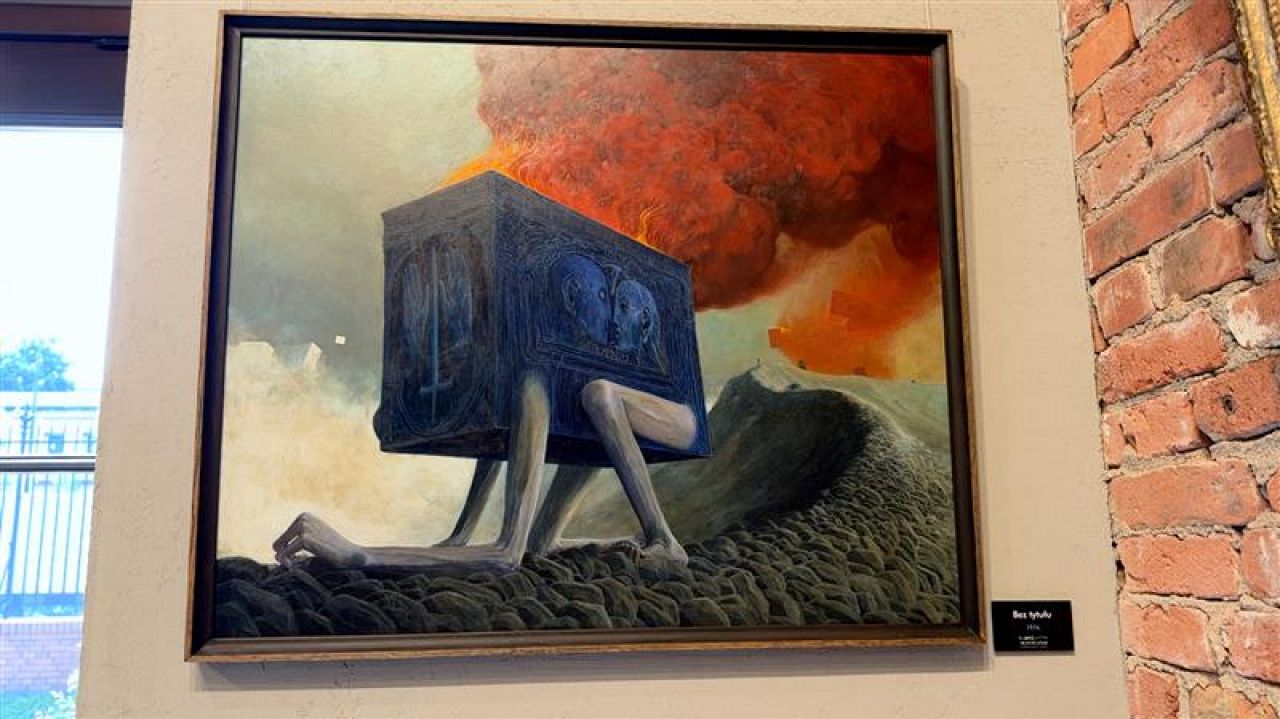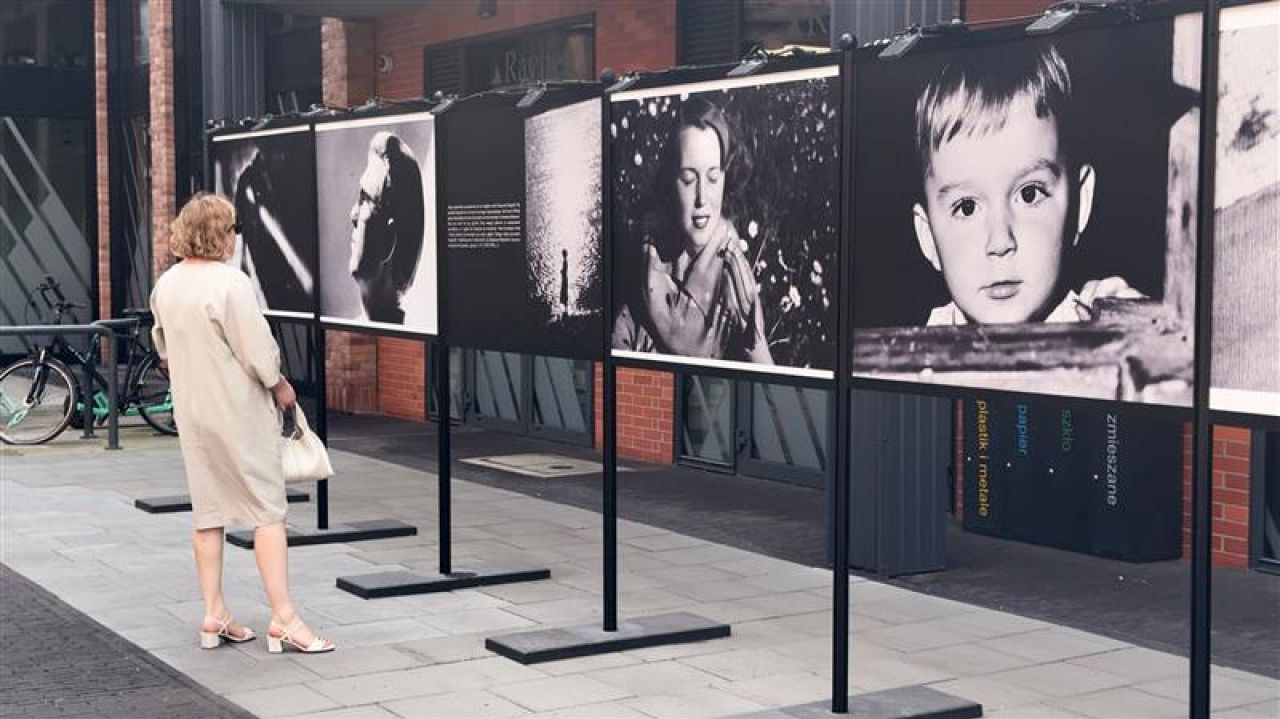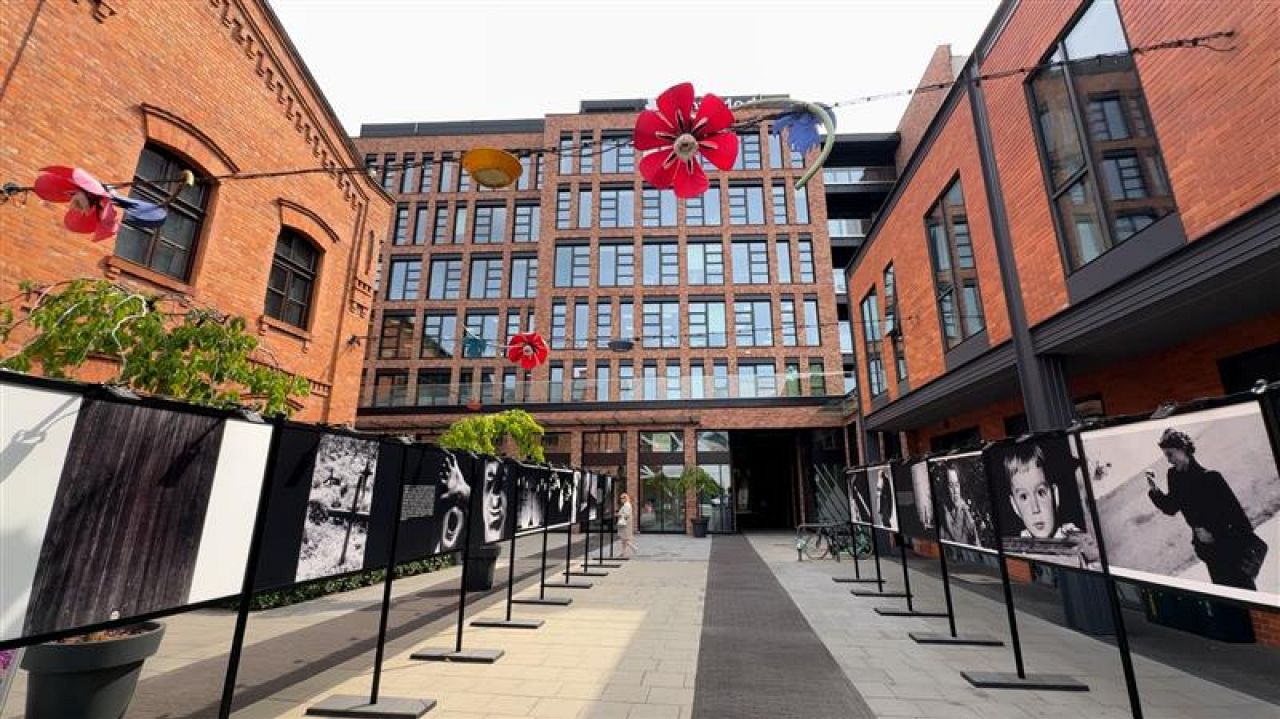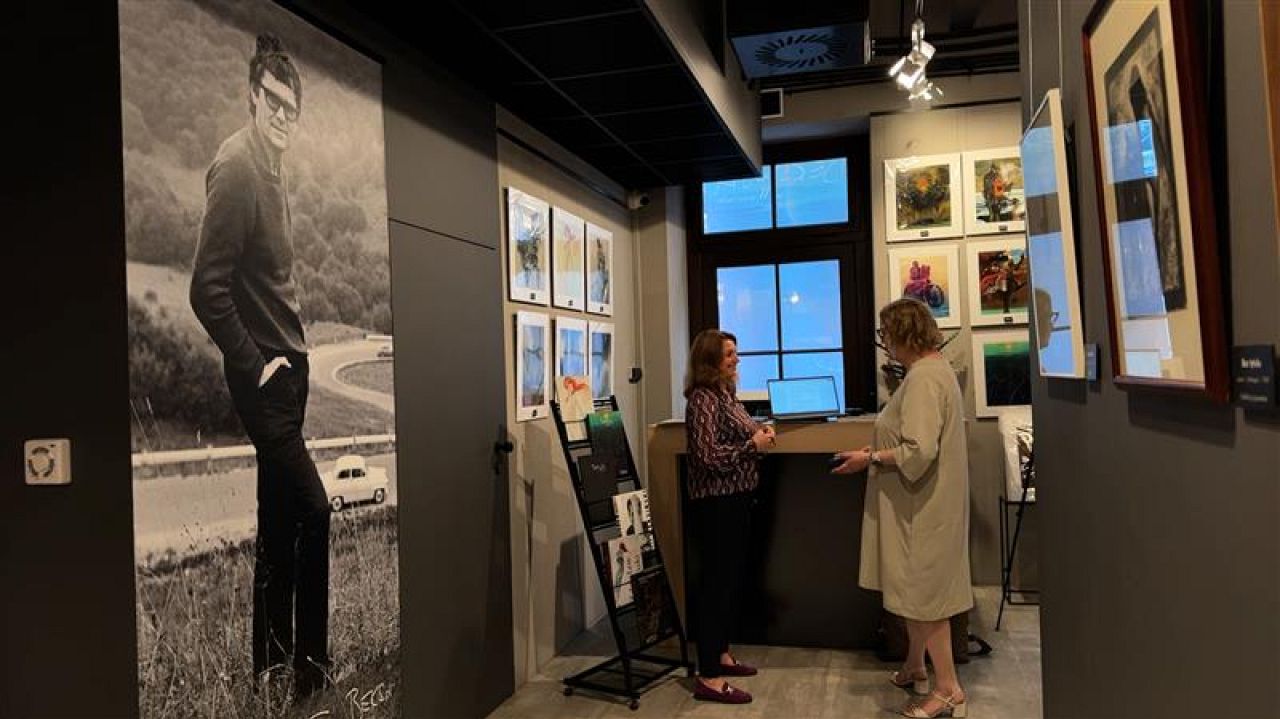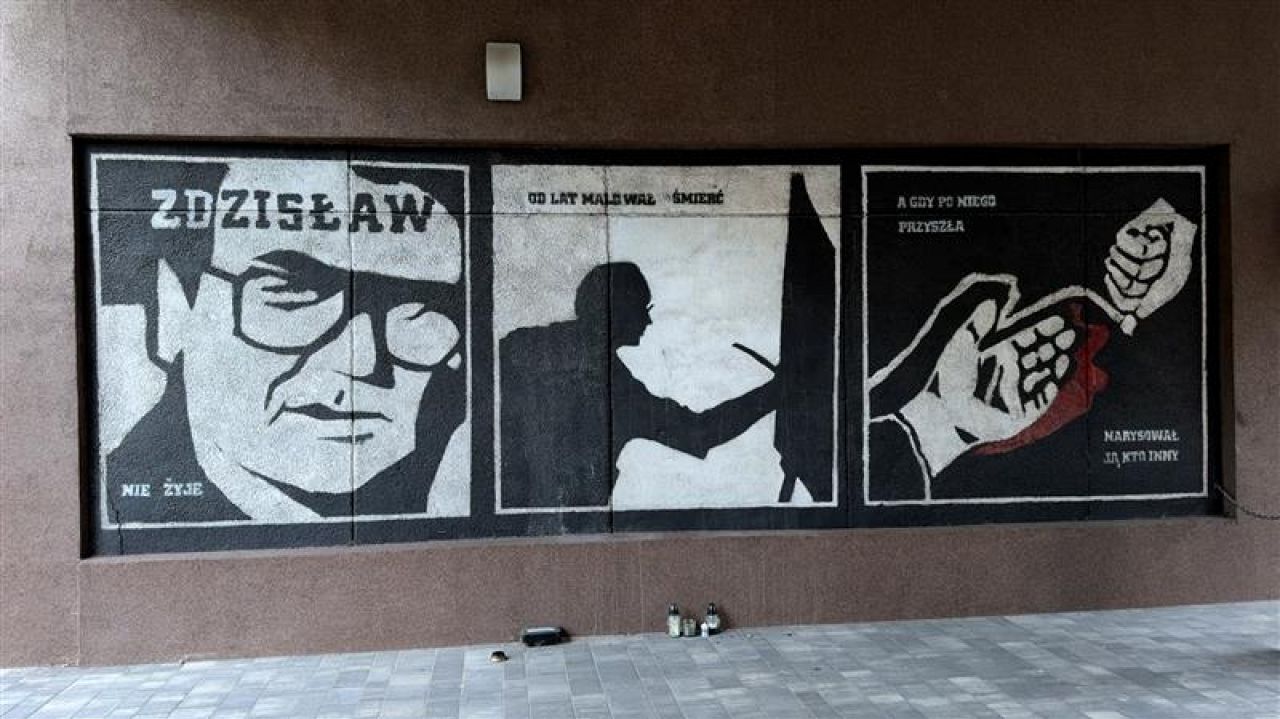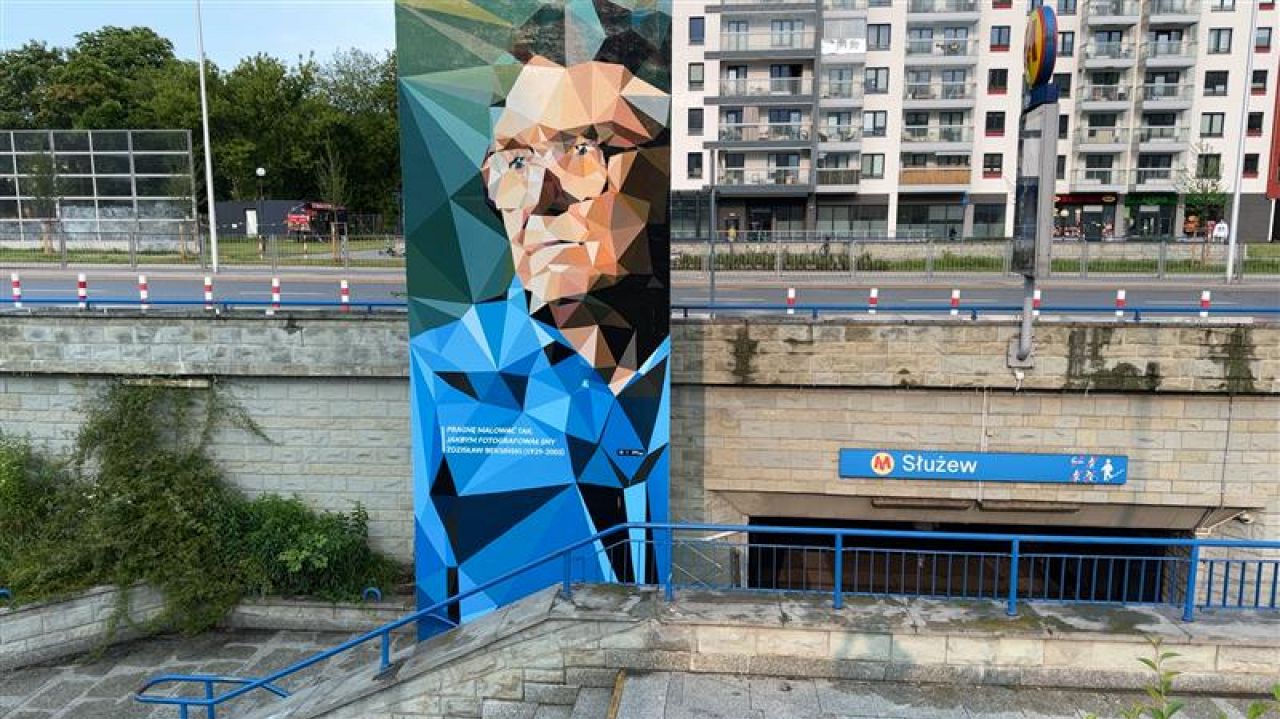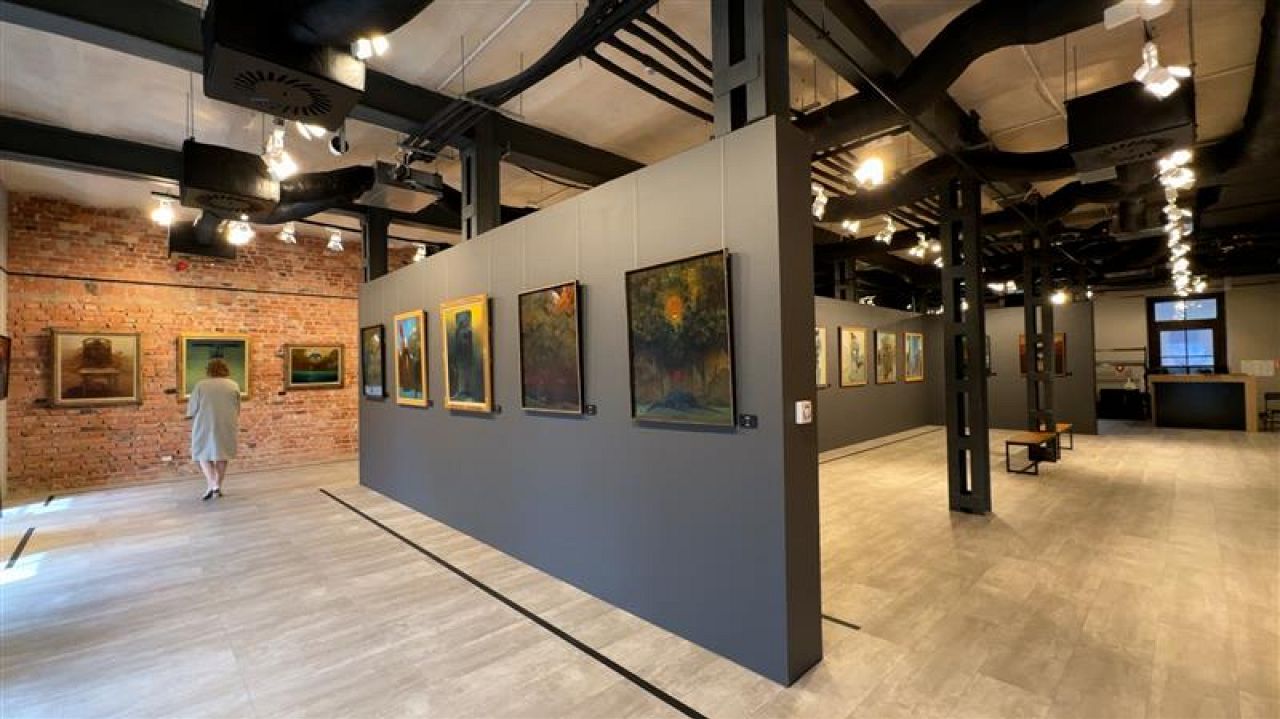 ADVERTISEMENT
ADVERTISEMENT Polish painter and photographer Zdzisław Beksiński invited viewers to enter a world of dreams. Disturbing, unclear, beautiful and above all, deeply surreal.
Now, 44 paintings – including 11 never-seen works – are on display at the Museum of Fantastic Art in Warsaw.
Kept in the homes of friends, these artworks were living traces of the artist’s presence and influence. Above all, these works were for his friends and loved ones, rather than for the acclaim of galleries.
“The owners of these works hesitated for a long time [before agreeing to let them be displayed publicly]. These were not ‘paintings for sale’, they are fragments of a shared history,” Magdalena Jaworska, director of the Museum of Fantastic Art, says in an interview with Euronews Culture.
“For fans, this is a unique chance to see what Beksiński was like in private,” she adds.
Sanok, Osaka, Warsaw
Adding to the unique private collection are works from the Historical Museum in Sanok – a place the artist has recognised as the sole heir to his work. Among them is a drawing from 1946 – a poignant self-portrait from his youth.
But it doesn’t stop there: five paintings come from the artist’s legendary Japanese collection.
The works, which once went to a museum in Osaka, are now – thanks to a private collector – back in Poland. They are like recurring dreams: forgotten, yet somehow familiar.
‘Architect of nightmares’
Like cinematic surrealist David Lynch, Beksiński did not explain his work.
He did not give his paintings titles; nor did he elaborate on their larger meaning.
Beksiński wanted to paint dreams. But for him, the word “dream” carried a different meaning. He painted sweat-triggering dreams that grab you and don’t let go in the waking world.
His work is not textbook symbolism. It’s a restlessness that doesn’t ask for permission. One can be enthralled, one can look away, but no one remains indifferent.
A photographer who gave up his camera to paint silence
One more surprise awaits at Koneser Square: 40 large-format photographs of the artist.
Photography was Beksiński’s first love, the first language with which he tried to speak about the world. He gave it up when he understood that it was impossible to enter every space of the soul with the camera. The brush proved to be more capacious.
“Painting knows no boundaries. And Beksiński knew that very well,” says Magdalena Jaworska.
A place for the master
Although crowds attend his exhibitions (over 70,000 spectators in Warsaw during the pandemic, almost 50,000 in Gdansk in 2023), academic circles still keep Beksiński at a distance.
For some, he is too dark. For others, too emotional. And there are those who think his work is too obvious.
“This is art that escapes definition,” notes the director of the Museum of Fantastic Art.
Perhaps its power lies the works’ ability to tell the uncomfortable truth.
Silence that speaks volumes
Zdzisław Beksiński died tragically in 2005. His passing shook the art world, but it did not shut down the conversation he had with his viewers.
Today, his face stares out from murals in Warsaw’s Ursynów district – a silent presence in the urban landscape, a symbol of remembrance and respect.
Although he is no longer with us, his paintings still speak to us – as if he had never really stopped painting.
Apocalyptic beauty
Does his work soothe or terrify? The answer to both questions is a resounding ‘yes’. And that is precisely its strength.
“I for one see a glimmer of hope in his paintings. Despite all the death, destruction and emptiness, Beksiński did not impose anything on anyone. He was giving [the viewer] space. Freedom. Silence. And in this silence everyone can hear something different,” says Jaworska.
The Beksinski in Warsaw exhibition is open until 28 September at the Museum of Fantastic Art in Warsaw.



